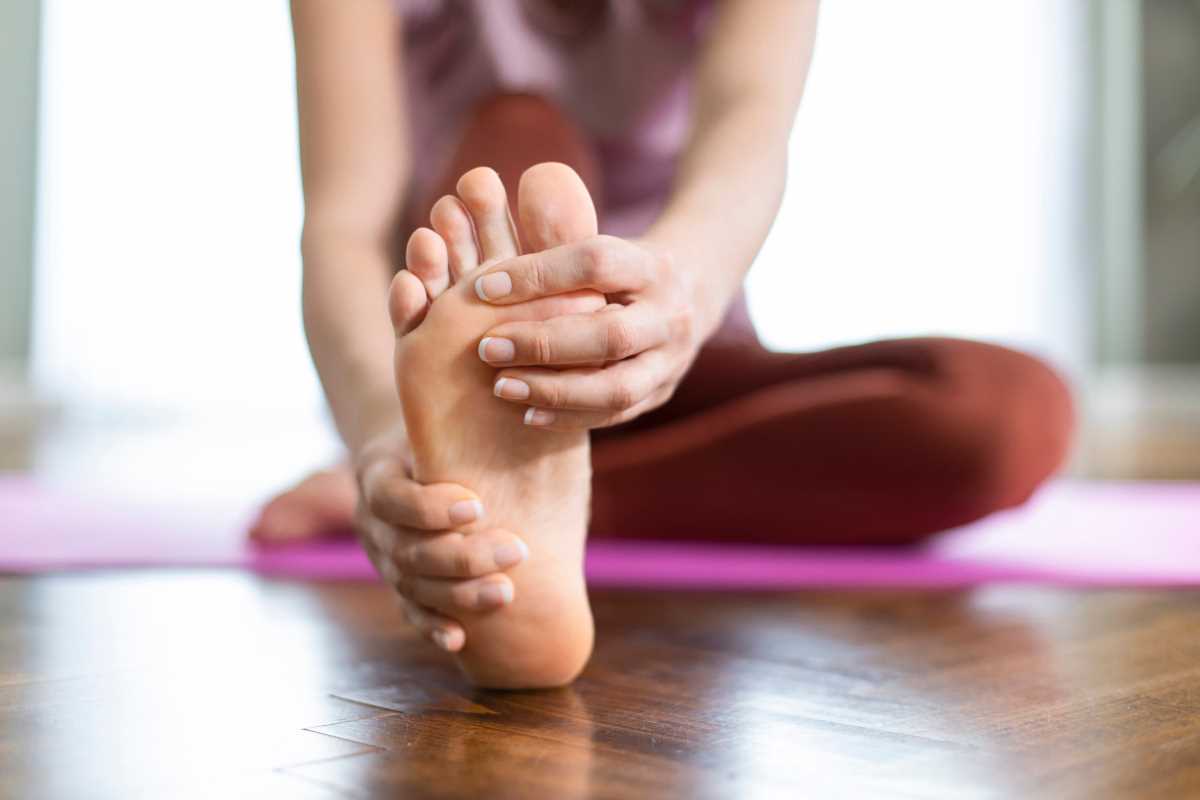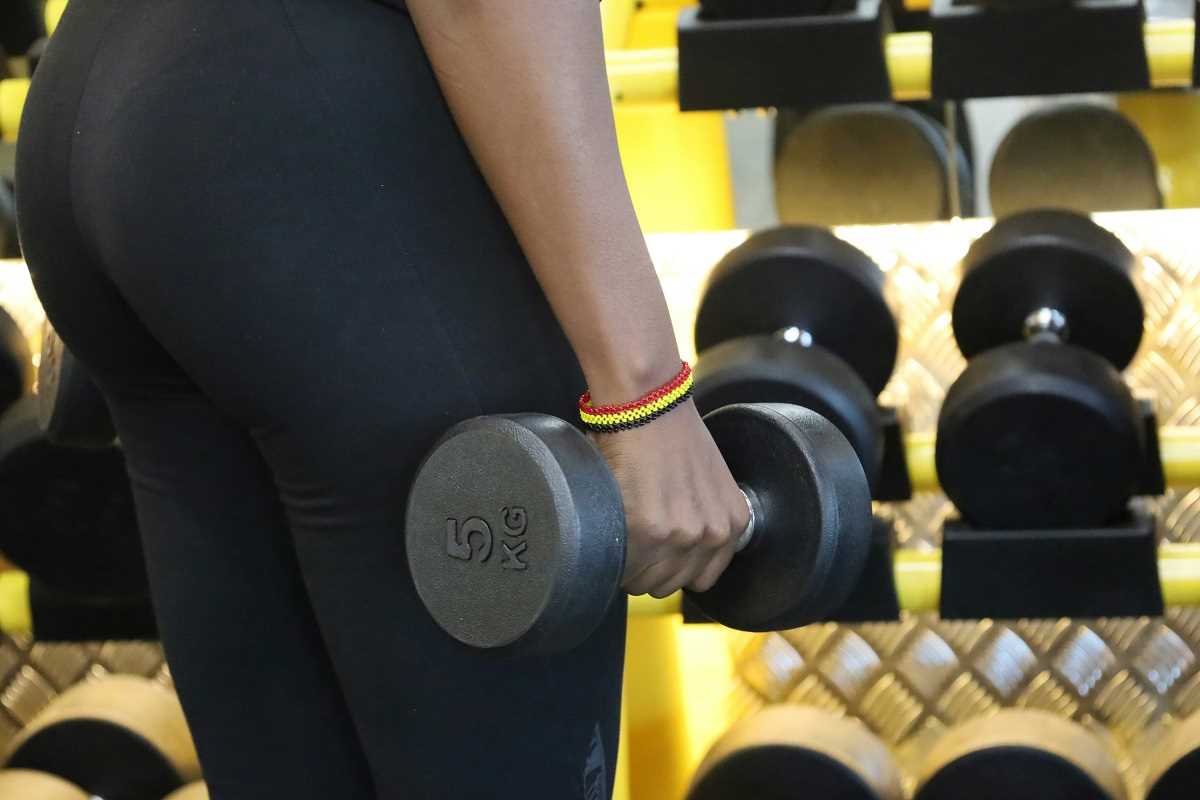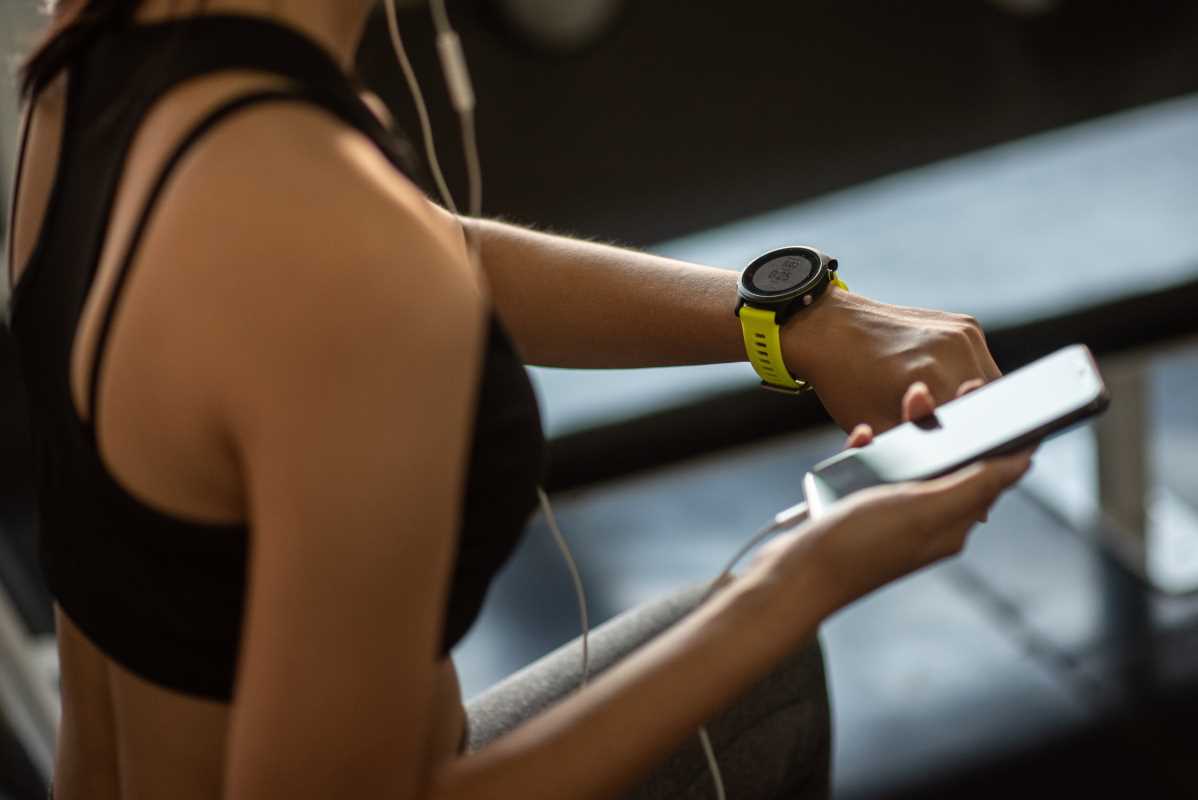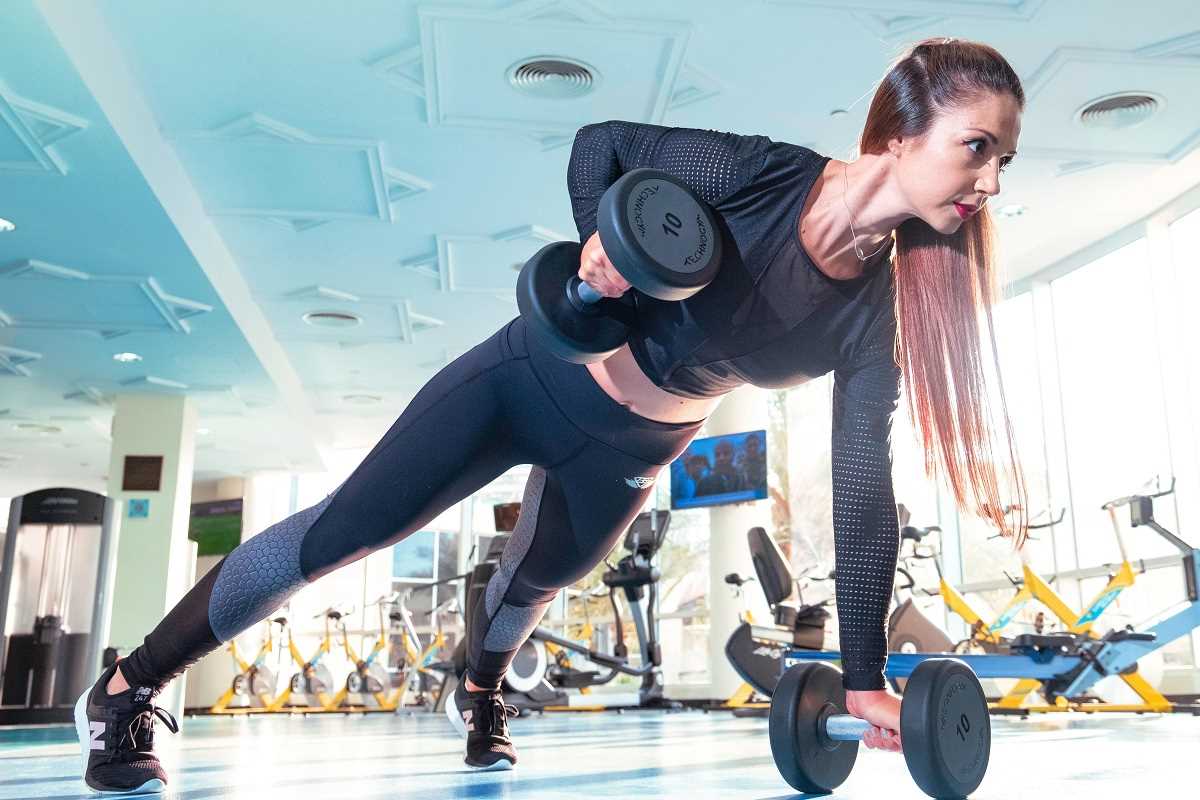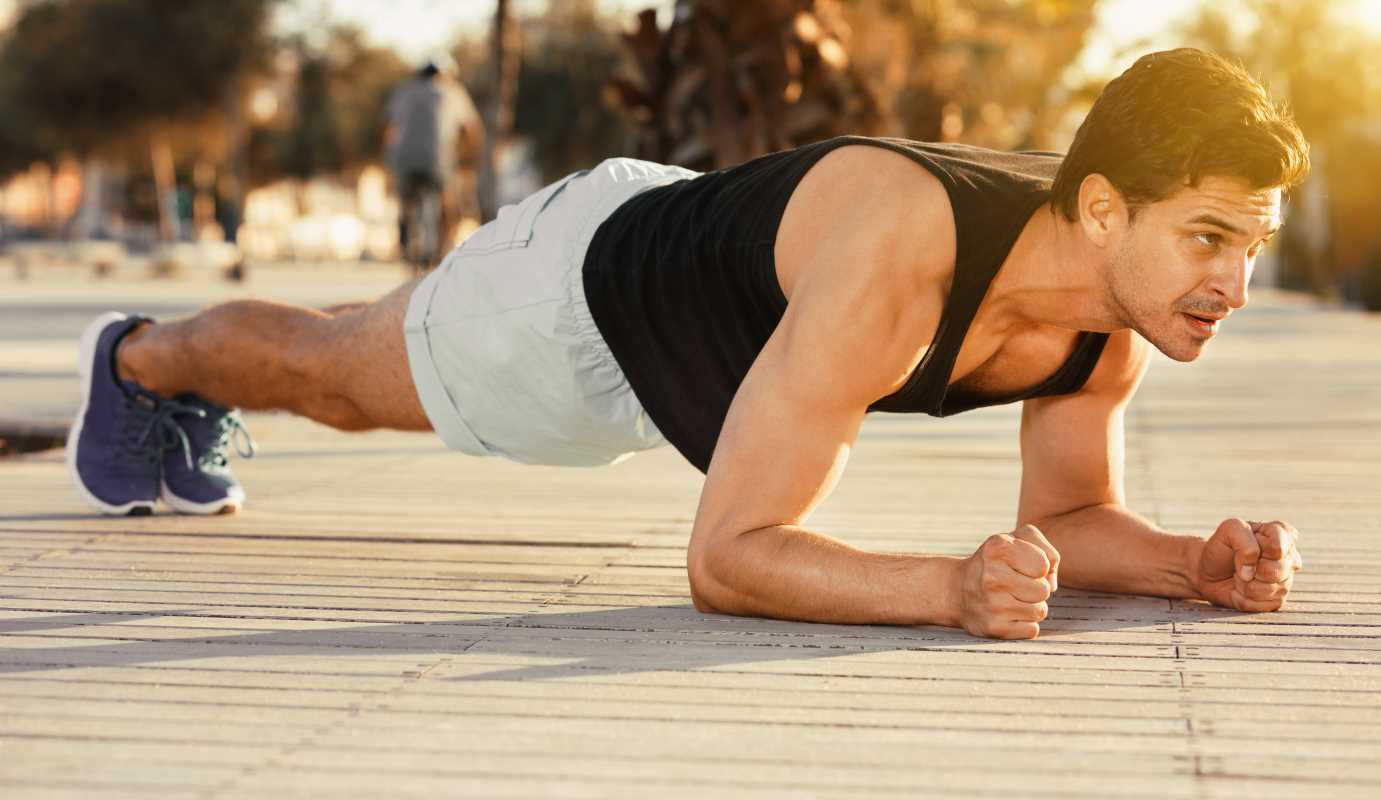Athletes and trendsetters who thrive on performance constantly look for new methods to elevate their physical prowess and maintain a competitive edge. For gymnasts, flexibility plays a vital role, enabling them to execute more dynamic maneuvers while minimizing the likelihood of injuries. Incorporating yoga into their training routines can greatly enhance a gymnast's flexibility, balance, and overall body awareness, providing a well-rounded approach to their practice. In this discussion, we delve into seven exceptional yoga poses that are specifically crafted to enhance flexibility, offering gymnasts the opportunity to refine their skills and reach new heights in their athletic journey.
7 Unique Yoga Poses for Gymnasts
Incorporating the right yoga poses makes a substantial difference in a gymnast’s flexibility and performance. Each of the following poses targets specific muscle groups essential for gymnastics, promoting greater range of motion and strength.
1. Downward Facing Dog (Adho Mukha Svanasana)
- Benefits:Stretches the hamstrings, calves, and shoulders.
- Strengthens the arms and legs, enhancing overall stability.
- Steps:Start on your hands and knees, with wrists aligned under shoulders.
- Lift your hips towards the ceiling, forming an inverted V-shape.
- Keep your legs straight and heels pressing towards the floor.
- Breathe deeply and hold the position for 30 seconds.
2. Pigeon Pose (Eka Pada Rajakapotasana)
- Benefits:Opens the hips, glutes, and piriformis muscles.
- Enhances hip flexibility crucial for high kicks and pivots.
- Steps:Begin in Downward Facing Dog and bring your right knee forward between your hands.
- Extend your left leg straight back, keeping the hips square.
- Lower your torso over your front leg, supporting with your hands.
- Hold for 30 seconds, then switch sides.
3. Warrior II (Virabhadrasana II)
- Benefits:Strengthens the legs and ankles, improving stability.
- Enhances hip flexibility and shoulder openness.
- Steps:Stand with feet wide apart, turning your right foot out 90 degrees.
- Bend the right knee, keeping it directly over the ankle.
- Extend your arms out to the sides, parallel to the floor.
- Gaze over your right hand and hold for 30 seconds before switching sides.
4. Four-Limbed Staff Pose (Chaturanga Dandasana)
- Benefits:Builds upper body strength essential for vaults and rings.
- Improves core stability and arm endurance.
- Steps:Start in Plank Pose with hands under shoulders.
- Lower your body by bending the elbows, keeping them close to your sides.
- Maintain a straight line from head to heels, engaging your core.
- Hold for 10-20 seconds, then push back up to Plank Pose.
5. Camel Pose (Ustrasana)
- Benefits:Stretches the entire front body, including the chest, abdomen, and quadriceps.
- Improves spinal flexibility and posture.
- Steps:Kneel on the floor with knees hip-width apart.
- Place your hands on your lower back for support.
- Gently lean back, arching your spine and reaching for your heels.
- Hold the pose for 20-30 seconds, breathing deeply.
6. King Pigeon Pose (Kapotasana)
- Benefits:Deeply stretches the hip flexors and psoas muscles.
- Enhances back flexibility, aiding in more fluid movements.
- Steps:Start in Pigeon Pose with the right leg forward.
- Walk your hands forward and begin to lift your chest upwards.
- Reach back with your hands to hold your heels or ankles.
- Gently arch back, keeping the front leg bent and the back leg extended.
- Hold for 20-30 seconds before switching sides.
7. Splits Pose (Hanumanasana)
- Benefits:Extremes hip flexibility, allowing for higher leg splits and transitions.
- Stretches the hamstrings and groin, critical for various gymnastics moves.
- Steps:Begin seated with legs extended forward.
- Slowly slide your right leg out to the side while extending your left leg back.
- Keep your hips square and lower your torso towards the floor.
- Support yourself with your hands on the ground or blocks.
- Hold for 30 seconds, then switch legs.
The Role of Flexibility in Gymnastics
Flexibility serves as a fundamental aspect of gymnastics; it is essential for executing complex routines with grace and precision. Enhanced flexibility allows gymnasts to perform high-risk maneuvers with reduced strain on muscles and joints, minimizing the likelihood of injuries. It also contributes to the aesthetic quality of movements, making routines appear smoother and more controlled.
By integrating these yoga poses into their training, gymnasts achieve greater ranges of motion, which are essential for vaults, flips, and intricate floor routines. Flexibility training through yoga promotes better muscle recovery and reduces soreness, enabling athletes to maintain peak performance levels throughout intense training periods.
Practical Tips and Common Mistakes
To effectively incorporate yoga into a gymnastics training regimen, consider the following practical tips:
- Consistency is Key: Dedicate specific times during your week for yoga sessions to ensure regular progress.
- Warm-Up First: Always perform a light warm-up before engaging in yoga to prepare your muscles and prevent injury.
- Listen to Your Body: Progress gradually and avoid pushing beyond your comfort zone to prevent strains.
- Stay Hydrated: Proper hydration aids in muscle flexibility and overall performance during yoga.
Avoid these common mistakes when practicing yoga for flexibility:
- Pushing Too Hard: Overextending can lead to injuries; aim for gradual improvement.
- Inconsistent Practice: Irregular yoga sessions hinder progress and flexibility gains.
- Neglecting Breath Control: Proper breathing enhances relaxation and effectiveness of each pose.
- Ignoring Alignment: Incorrect posture can reduce the benefits and increase the risk of injury.
Comparisons with Other Athletic Disciplines
Flexibility training serves as a common thread among various athletic disciplines, each emphasizing different aspects based on their specific performance needs. For instance, parkour practitioners also focus on achieving high levels of mobility to navigate obstacles efficiently. Similar to gymnastics, they utilize advanced stretching techniques to enhance their agility and reduce injury risks. This shared emphasis on flexibility underscores its universal importance in enhancing athletic performance across diverse sports.
Comparing gymnastics to disciplines like dance or martial arts reveals overlapping benefits of flexibility training. Each sport requires a unique blend of strength and suppleness, achieved through targeted stretching and flexibility routines. By understanding these parallels, gymnasts can adopt best practices from other fields to further refine their own training programs.
Explore Additional Yoga Flexibility Resources
Diving deeper into yoga provides gymnasts with a wealth of resources to continue improving their flexibility. Exploring comprehensive collections of yoga poses tailored for flexibility offers new routines and variations to keep training engaging and effective. Online platforms and yoga communities provide valuable guidance and support, allowing athletes to share insights and progress with like-minded individuals.
Supplementing your practice with instructional videos and guided sessions enhances technique and ensures proper alignment during each pose. Investing time in learning different styles of yoga, such as Vinyasa or Hatha, introduces new methods to approach flexibility training, keeping your routine dynamic and well-rounded.
Utilizing these external resources not only broadens your yoga practice but also integrates seamlessly with gymnastics training, creating a holistic approach to athletic development.
Incorporating targeted yoga poses into gymnastics training significantly improves flexibility, performance, and overall health, enhancing skills and achieving greater athletic heights.
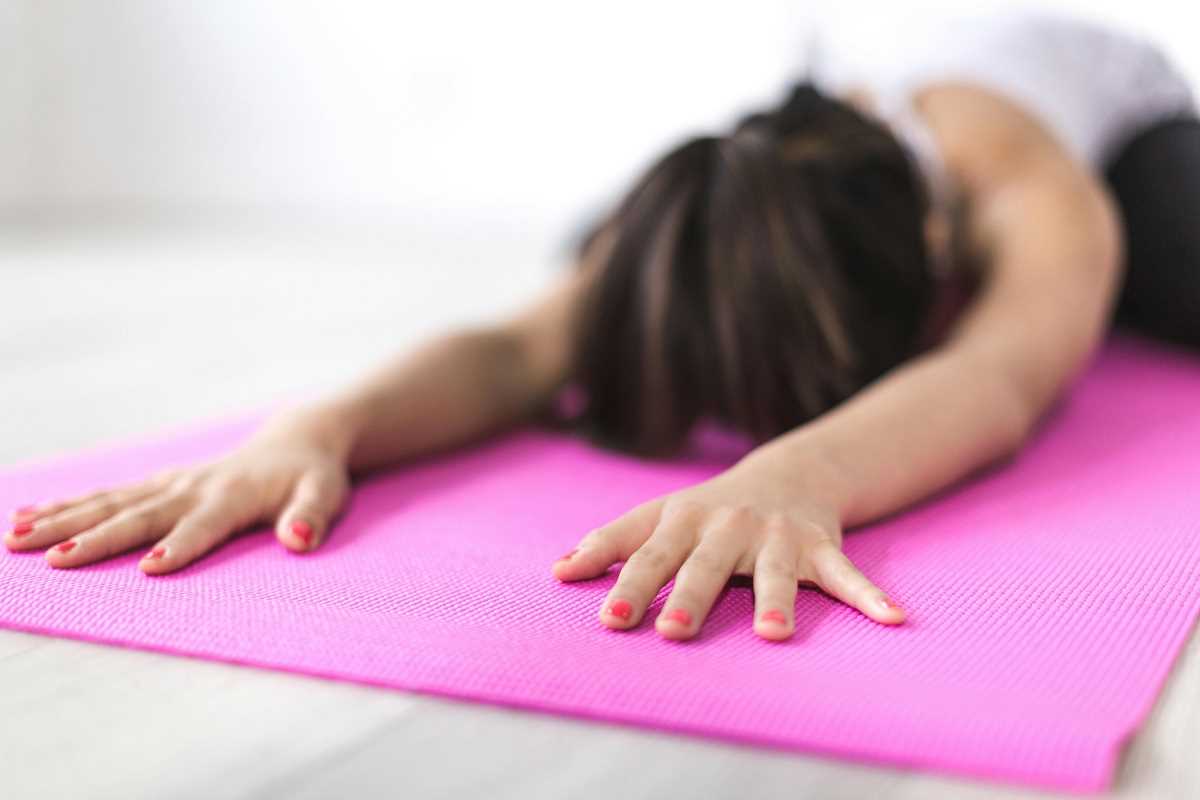 (Image via
(Image via
